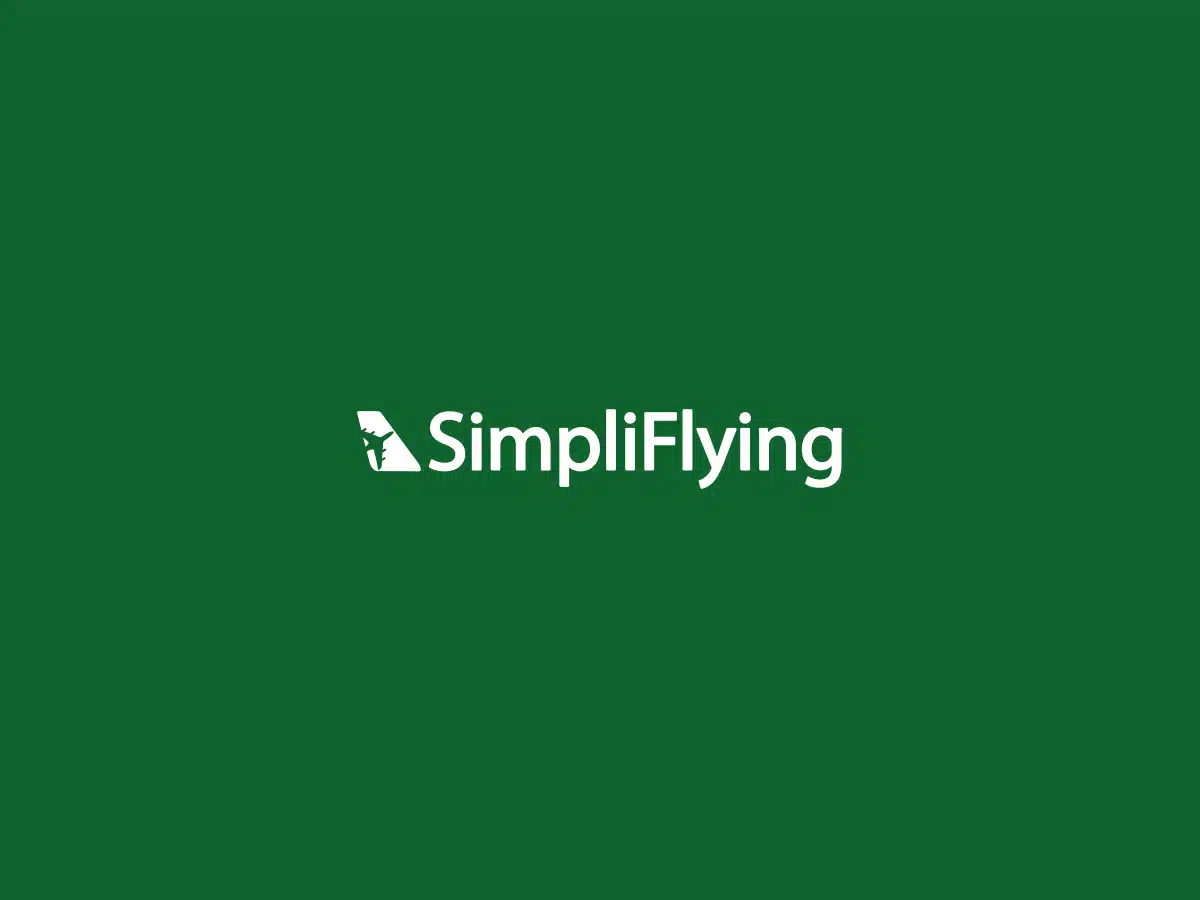The new Singapore Airlines’ low-cost-long-haul subsidiary, Scoot, has been officially unveiled. The quirky name only confirmed the rumors going around for a couple of months, amid lots of chatter about the appropriateness of the brand identity. Everyone seemed to have something to say about the name of the airline, the livery or even what this would mean for Jetstar and AirAsia X.
Scoot will be flying ex-Singapore Airlines Boeing 777s to Australia and China initially, then expanding the fleet to 16 aircraft by 2016 and adding destinations too.
From a PR perspective, I’d say this is close to a dream launch. After all, the aim is to get the world talking about it, even if the brand is polarizing.
A polarizing brand gets [famous] people talking
Remember Rico? The furry Air New Zealand mascot? Just as many people hated him as those who loved him. The same can be said about Richard Branson’s acts when promoting the Virgin brand – you either love him or hate him.
When it comes to branding, a polarizing image not only gets people talking passionately – they take sides and defend themselves too. The result may not be the most loved brand, but certainly the most talked about brand. And that is what a new airline like Scoot needs right now – to have famous people talking about it.
Within minutes of the press conference announcing the launch, most aviation journalists were talking about Scoot, and even Tony Fernandes tweeted about it.
[blackbirdpie url=”https://twitter.com/ghimlay/status/131216883184709633″]
[blackbirdpie url=”https://twitter.com/winglets747/status/131229314405515266″]
An airline with an attitude – Scootitude!
All this chatter among people around the world instantly forms impressions and gives an airline brand a personality. And Scoot has done a good job by trademarking the word “Scootitude” – reflecting the attitude of the airline and potentially its future customers too.
“Besides difference, it conveys spontaneity, movement, informality and a touch of quirkiness—all attributes we intend this Company to be known for,” said Scoot CEO Campbell Wilson.
In today’s world, people no longer relate to faceless corporate entities that most airlines and airports are. They connect with brand personalities and the attitudes reflected by a brand. So, “Scootitude” is a step in the right direction. It will be interesting to see how this evolves and how customers play a role in building the brand.
Lots of opportunity – time to act!
I guess someone at Scoot read our previous article on what they should do differently with this airline!
They have done a good job starting with a Facebook page on Day 1. This is important because a traditional website only offers limited interaction. Whereas on a Facebook fanpage, people can interact and have a conversation not just with the brand, but among themselves too. And this is a golden opportunity for Scoot to start forming a community.
I just wish they had a Twitter account too, so as to channel all the conversation towards them, and engaging with key influencers directly. Hopefully this will come soon.
As I’ve often said in my keynotes and panels to airline executives, an airline brand is not what you say it is – it’s what they say it is. Scoot has a rare opportunity to involve the potential customers in the brand creation process of this new airline. For starters, they can look at how the best airlines in the world are crowd sourcing ideas. And then wholeheartedly embrace the customer.
The road ahead is exciting and I’m sure avgeeks like us will be watching keenly!


